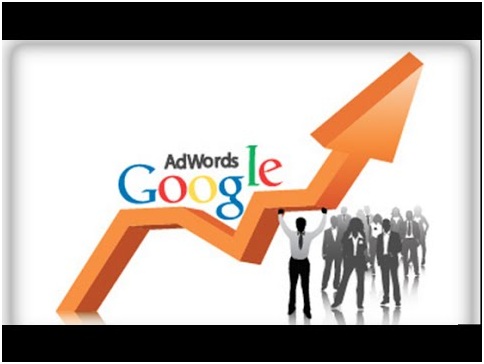Have you noticed something different about Google Ads recently? They have been getting longer. That’s because Google has been testing expanded versions of its text-based ads in search results, right across all devices. On Tuesday 17th May, the company announced that these new Ads would be available for customers (which is to say advertisers) to use by the end of 2016.
How is this possible?
Because Google no longer has to support right-side ads in desktop search results. With over half of the net now browsing on mobile devices, there’s simply no market for Google to continue the tiny little ads with short headings such as “Somerset Web Design” and little more. That means more space, and longer ads that can run across all devices and be optimised for smaller screens such as smartphones.
Will it make a difference?
In a recent blog post Senior Vice President for Ads and Commerce at Google, Sridhar Ramaswamy, said that the new ads would benefit advertisers. He claims that by allowing single ads to be viewed across all devices, each advertisement will be more effective and drive more traffic to advertisers’ websites.
What’s actually changing?
The new format will have three changes from the way that text ads work currently: longer headlines and descriptions and more relevant URLs.
– Longer headlines: instead of a single 25-character headline you will now be able to input two headlines of 30 characters each
– Longer descriptions: these are going from two lines of 35 characters to one single description of no more than 80 characters
– More relevant URLs: rather than manually inputting your display, landing-page and final URLs – and risking rejection of your ad if Google didn’t like those URLs, the system will now work all of the information out automatically from the final URL to ensure that it is accurate.
Help, I’m confused!
For AdWords, this is a big change from a format that has been constant throughout the service’s entire history. If you’re not sure how to best make use of the new text ads, or how to optimise them for your site, then contact a specialist web designer.
The end of 2016 might seem a long way off, but this change will happen sooner than you think and you don’t want to be caught out.
